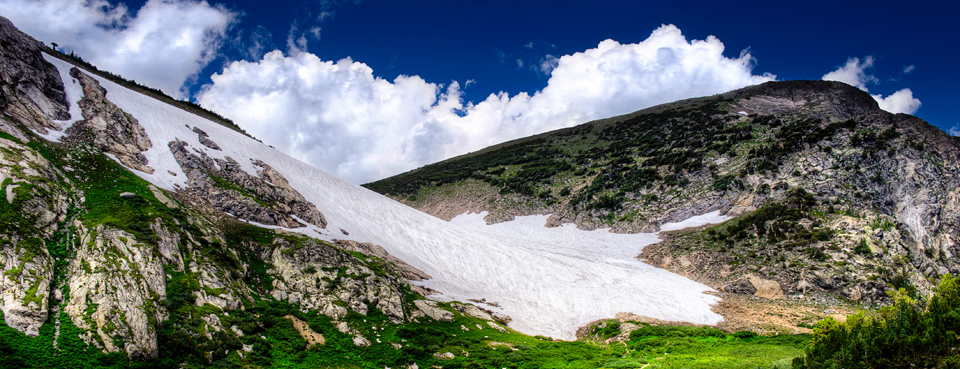Seeing with the Camera
Every photographic journey starts with one key component, the camera. Sounds simple and obvious doesn’t it? We see something that catches our eye, we grab the camera and we take a photo. Easy enough, huh? So if it is that easy, how come we all are not world renown photographers? Well, great photography involves a lot more than just having a decent camera. It is the intricate interlacing of creative vision and using the camera to capture that vision. So lets get started on our journey without making it too complicated.
To really begin comprehending the proper use of your camera, we need to start by looking at the differences between how the camera sees things as compared to our eyes. The human eye has an amazing capacity to adapt, focus, and discern in response to varying levels of light. We often take it for granted that when we walk into the bright outdoors or into a dark auditorium that our eyes respond to the changing conditions in mere seconds, allowing us to see. Thus, the human eye provides us with imagery within a large contrast range, meaning that it allows us to make out detail in very bright and very dark conditions, all at the same moment. Even the best dSLR cameras cannot compare to this sort of range of contrast unless the use of very specialized techniques such as high dynamic range photography (HDR) are employed.
 Understanding the contrast range of your camera is of critical importance when it comes to capturing a properly exposed photo and in teaching the beginning photographer how to creatively use their camera. When you are looking at a scene or moment you want to capture, you need to have a grasp on how it will look in the camera. All the light and dark areas of the scene your eye perceives, will be captured very differently by the limited contrast range of the camera. Now, this is when you are probably thinking, “Well crap, I will never take a photo that is as good as what I can see!” No, you will learn to take photos that are better than what you see.
Understanding the contrast range of your camera is of critical importance when it comes to capturing a properly exposed photo and in teaching the beginning photographer how to creatively use their camera. When you are looking at a scene or moment you want to capture, you need to have a grasp on how it will look in the camera. All the light and dark areas of the scene your eye perceives, will be captured very differently by the limited contrast range of the camera. Now, this is when you are probably thinking, “Well crap, I will never take a photo that is as good as what I can see!” No, you will learn to take photos that are better than what you see.
It is the distinction between lights and darks, or highlights and shadows that make photos interesting. These differences define shape, texture, drama, and impact of a photo. The creative use of these highlights and shadows are what separate mediocre photos from spectacular ones. Therefore, it is critical that you train your eye to see like your camera. When you see a dark subject against a light background you need to know where you want to see detail and what will be blown out highlights. When you have shadow traversing through your landscape you need to know whether this shadow will have detail or whether it will be infinite darkness.
Project 1:
Take your camera out with you in midday sun. I know every book or blog you read tells you to never go out and shoot in harsh sun, but this is the best time to see distinctive highlight and shadow areas. Set your camera to Auto mode for now (or P for Program mode which is Auto without pop-up flash). Walk around your environment and find any subject matter that is in part light and part shadow. Look at it closely with your eyes and take note of what kind of detail you can see in the light and dark areas. Now take a series of photos of the subject. Do this for a few different subjects and then go home and load the photos in your computer and compare what you saw with your eyes to that what you see on the computer screen. I will warn you many of these photos are not going to be great and the purpose is not to worry about composition but simply a learning exercise. This will help you to start understanding how your camera sees and is a great first step in becoming a better photographer.


by admin